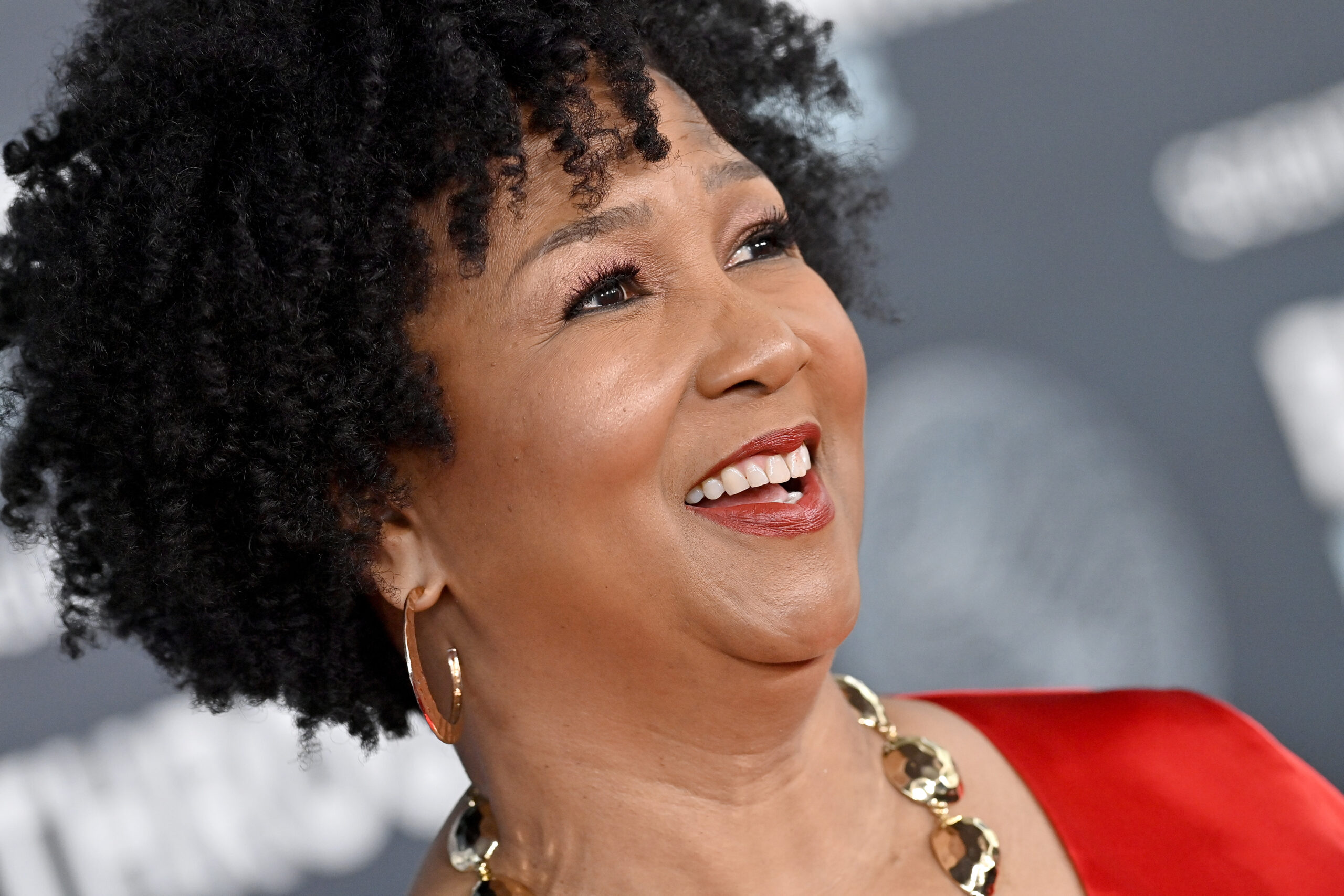On September 12th, 1992, Mae Jemison became the first woman of color to travel to space. Boarded on the Space Shuttle Endeavour, her curiosity, tenacity, and optimism made history and paved way for Black women around the world to dream just a little bit bigger. Here’s deeper insight into her historical journey and the legacy she left behind.
Who Was the First Black Female Astronaut?
Born in Decatur, Alabama and raised in Chicago, Illinois, Mae Jemison was born on October 17th, 1956. Her passion for science was evident from a very young age. This interest was always nurtured by her supportive parents, fully aware of the greatness before them. Though she was consistently one of the few Black students in most of her educational settings, she always excelled academically. Jemison attended Stanford University, where she earned a Bachelor of Science degree in Chemical Engineering as well as African and African-American studies in 1977. She later completed a Doctor of Medicine degree at Cornell University Medical College in 1981.
At first, her interest in science kept her on the ground. She worked as a general practitioner and participated in medical research. In 1983, Jemison joined the Peace Corps, where she served as a medical officer in Liberia and Sierra Leone. Though providing medical care and overseeing health initiatives was fulfilling work, she had desires bigger than the Earth’s atmosphere.
“Growing up in the Apollo era, I thought we’d have people on Mars by now and that I’d just go to work as a space traveler,” Jemison shares. “As an adult, I realized to get to space I’d have to be an astronaut.”
After being selected as a NASA astronaut candidate, she became the first Black female astronaut and science mission specialist. Following rigorous training, she then became the first Black woman to travel into space aboard the Space Shuttle Endeavour on September 12th, 1992. Their mission lasted eight days, as Jemison conducted experiments in materials science, life sciences and technology. Her massively important work helped to further human understanding of the effects of space on biological organisms. In fact, her insights continue to influence research today.
Astounding Accomplishments
Jemison’s accomplishments earned her numerous accolades, including an induction into the National Women’s Hall of Fame and being recognized by the U.S. National Aeronautics and Space Administration. Her legacy now extends far beyond space travel. She’s done big work advocating for diversity in science and technology, serving as a voice for women and minorities pursuing careers in STEM. This opened doors for the Black female astronauts to come after her, including Stephanie Wilson, a veteran of three spaceflights, Joan Higginbotham, the third African American woman to go into space, and Sian Proctor, the first female commercial spaceship pilot.
How Many Black Female Astronauts Are There?
Over the years, NASA has made efforts to diversify its astronaut corps, honoring the importance of representation. This is especially crucial for future generations looking for inspiration. With initiatives like the Artemis Program aiming for the next man and first woman to land on the Moon, there is a broader push to ensure diversity in these missions, including the selection of Black and brown astronauts. In total, four Black women have flown to space for NASA: Mae Jemison, Stephanie Wilson, Joan Higginbotham, and Sian Proctor.
Stephanie Wilson
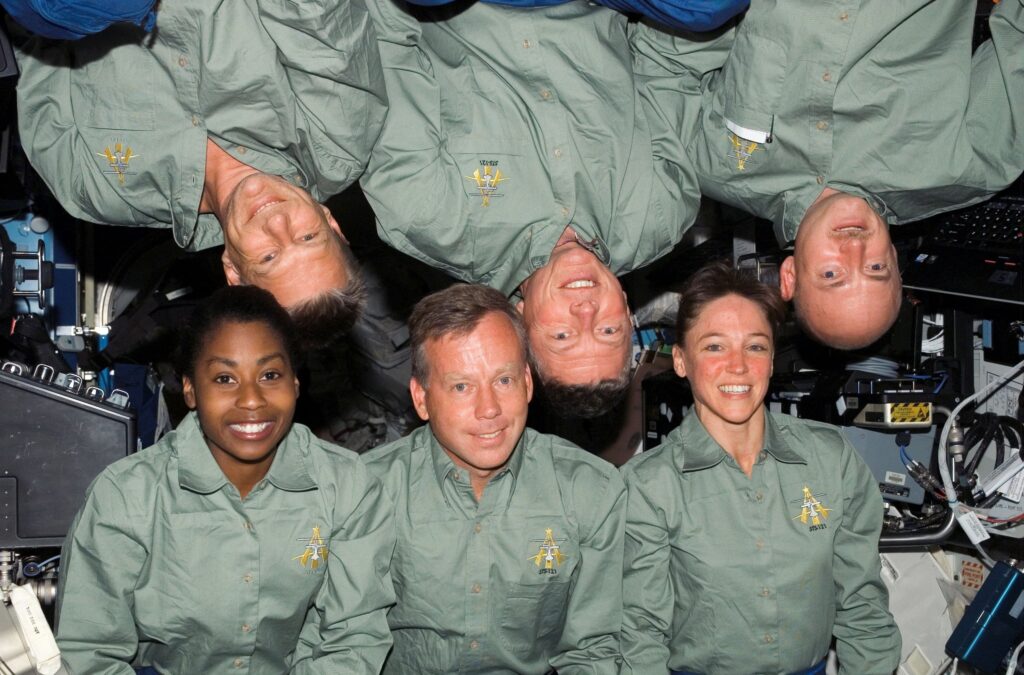
Stephanie Wilson is one of NASA’s most accomplished astronauts, having completed three space shuttle missions and logging over 42 days in space. She became the second African American woman in space in 2006 during the STS-121 mission aboard the Space Shuttle Discovery. Over the course of her impressive career, Wilson participated in several important spacewalks and scientific experiments. Her achievements are a product of perseverance and commitment, making her a trailblazer for women of color in space exploration.
Joan Higginbotham
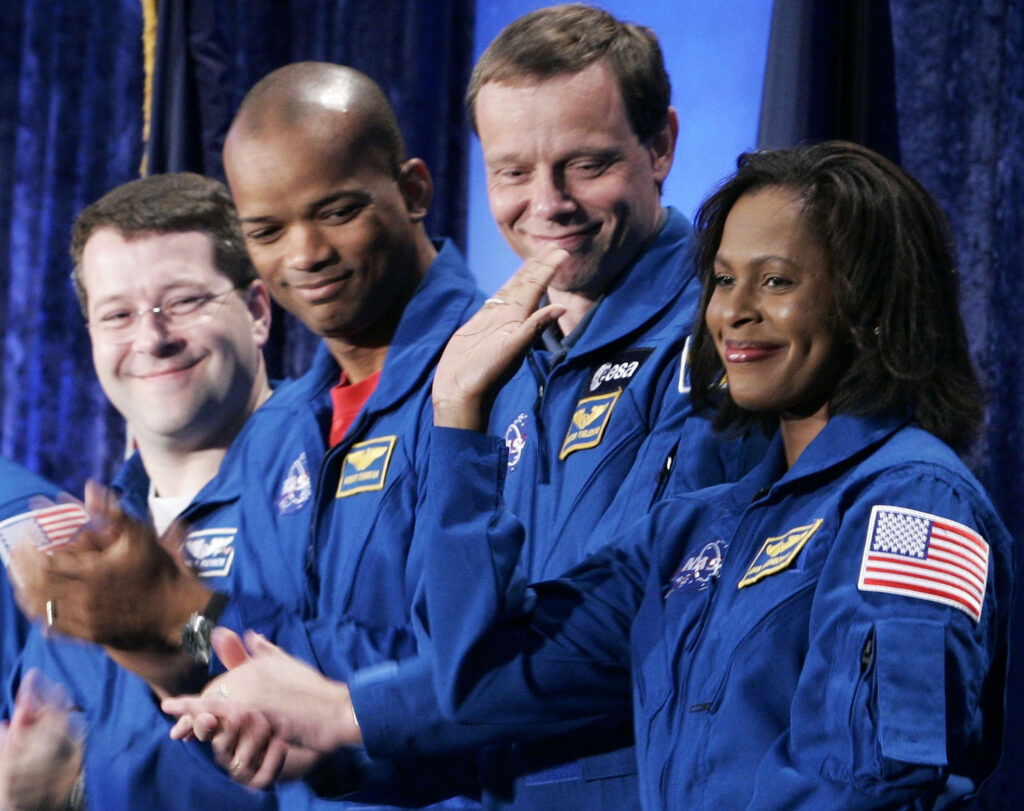
Joan Higginbotham made history in 2006 when she became the third African American woman to travel to space. As part of the STS-116 mission aboard the Space Shuttle Discovery, Higginbotham spent over 12 days in space. Serving as a mission specialist, she also worked on numerous scientific and engineering experiments. This was only to be expected: before becoming an astronaut, Higginbotham had an impressive career as an electrical engineer and was involved in various important projects at NASA. She has since dedicated herself to inspiring youth, particularly young Black women, to pursue careers in STEM.
Sian Proctor
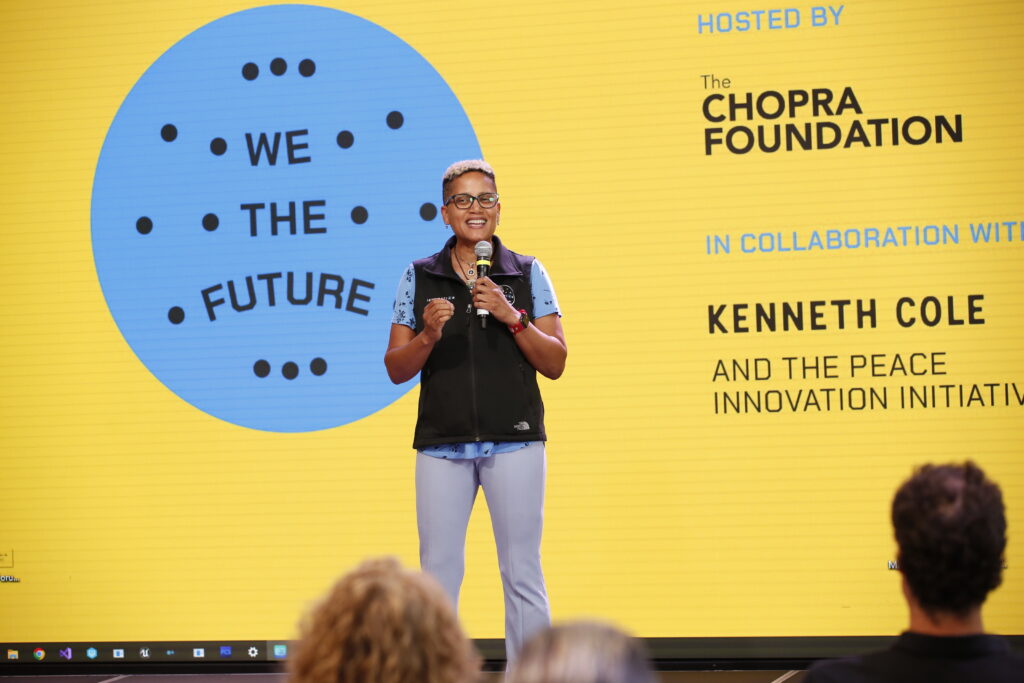
Dr. Sian Proctor most recently made history. In 2021, she was one of the first Black women to pilot a spacecraft, joining the crew of the SpaceX Inspiration4 mission. An analog astronaut with experience in extreme environments on Earth, Proctor’s mission was an advocate for diversity in space exploration. Proctor’s journey into space, after years of teaching geology and working with NASA, lives at the intersection of passion for space and the desire to break barriers. She uses her platform to encourage young people to chase their dreams and diversify the space industry.
With the rise of private companies like SpaceX and Blue Origin, there will only be more opportunities for Black women to venture into space. It’s inevitable that more Black astronauts will be involved in commercial space missions, lunar exploration and even Mars expeditions.
Did Mae Jemison Get Rejected From NASA?
Despite the history she made, Jemison was initially rejected by NASA. She first applied in 1985 after Sally Ride became the first American woman in space in 1983. This inspired her tremendously, especially after realizing NASA was her only ticket into space. NASA then paused its astronaut training program after the Space Shuttle Challenger disaster in 1986. Luckily, after years of patience and resilience, Jemison reapplied in 1987. NASA accepted her on her second try. This made her the first Black woman admitted into NASA’s astronaut training program, joining NASA Astronaut Group 12. Jemison’s influence is seen in younger astronauts and science advocates, including Dr. Jeanette Epps and Dr. Robert S. Williams. Both have been involved in space research or NASA missions. She continues to live her legacy, proving that the sky isn’t the limit– it’s only the beginning.
Black Female Commercial Astronauts
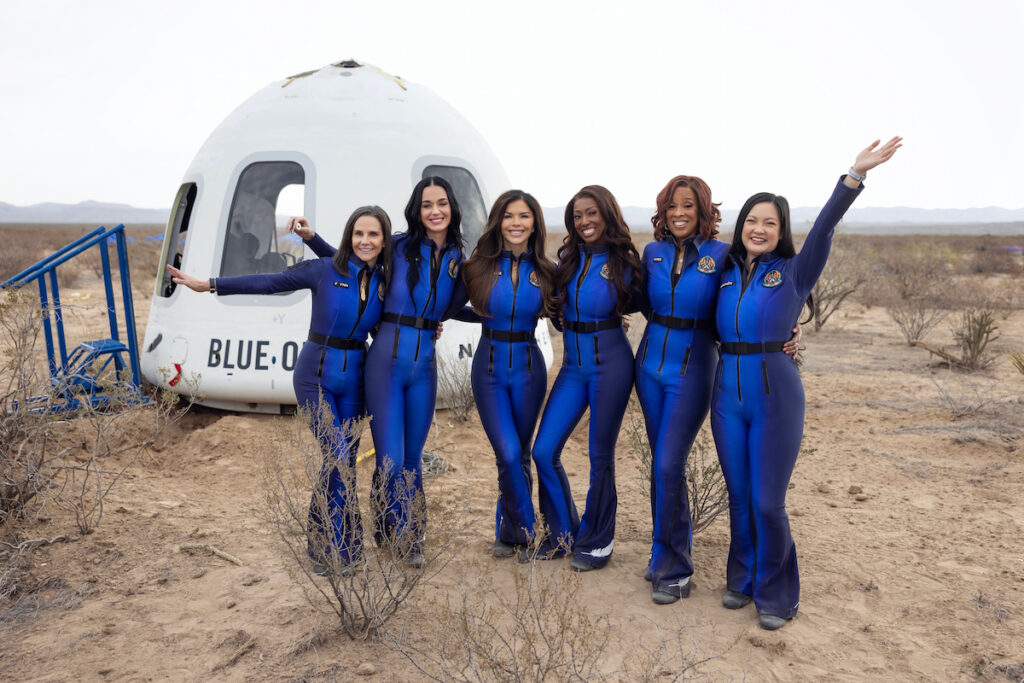
On April 14, 2025, Aisha Bowe and Gayle King made history as part of Blue Origin’s NS-31 mission—the first all-women crewed spaceflight. Bowe is a former NASA aerospace engineer and founder of STEMBoard. King, a veteran journalist and co-host of CBS Mornings, also joined the brief suborbital journey, which crossed the Kármán line—the boundary of space at 62 miles above Earth. Both are the first Black women to fly to space on a commercial spacecraft.
Unlike NASA astronauts, who undergo extensive training for long-duration government missions, commercial astronauts participate in privately operated spaceflights, often shorter in duration but still officially recognized. While their paths to space differ, both roles require training and courage. For Bowe and King, the flight wasn’t just a personal milestone—it was a cultural one, expanding the narrative around who gets to go to space and inspiring future generations of Black women to dream beyond the sky.
